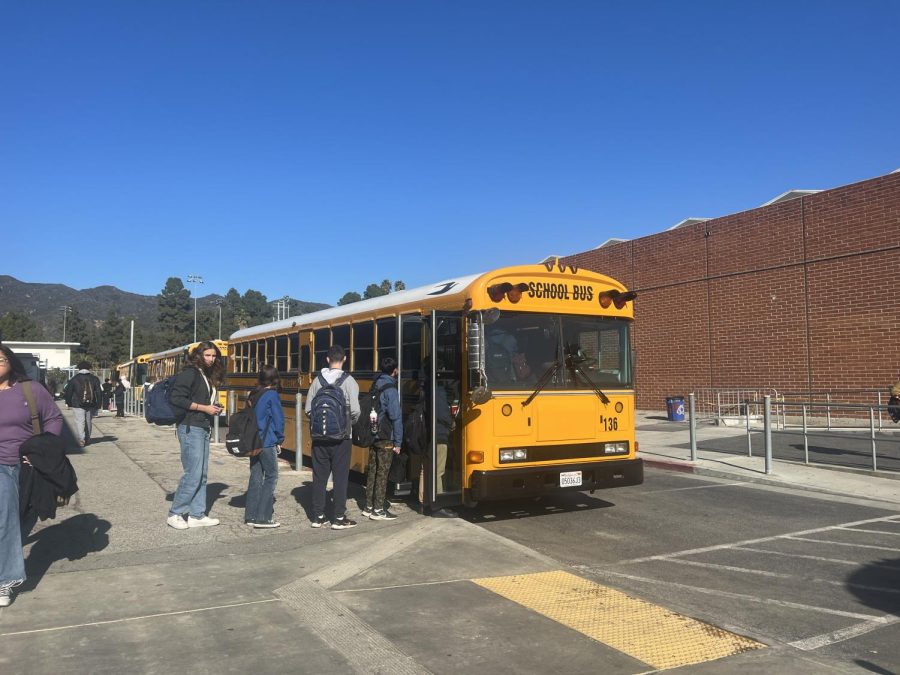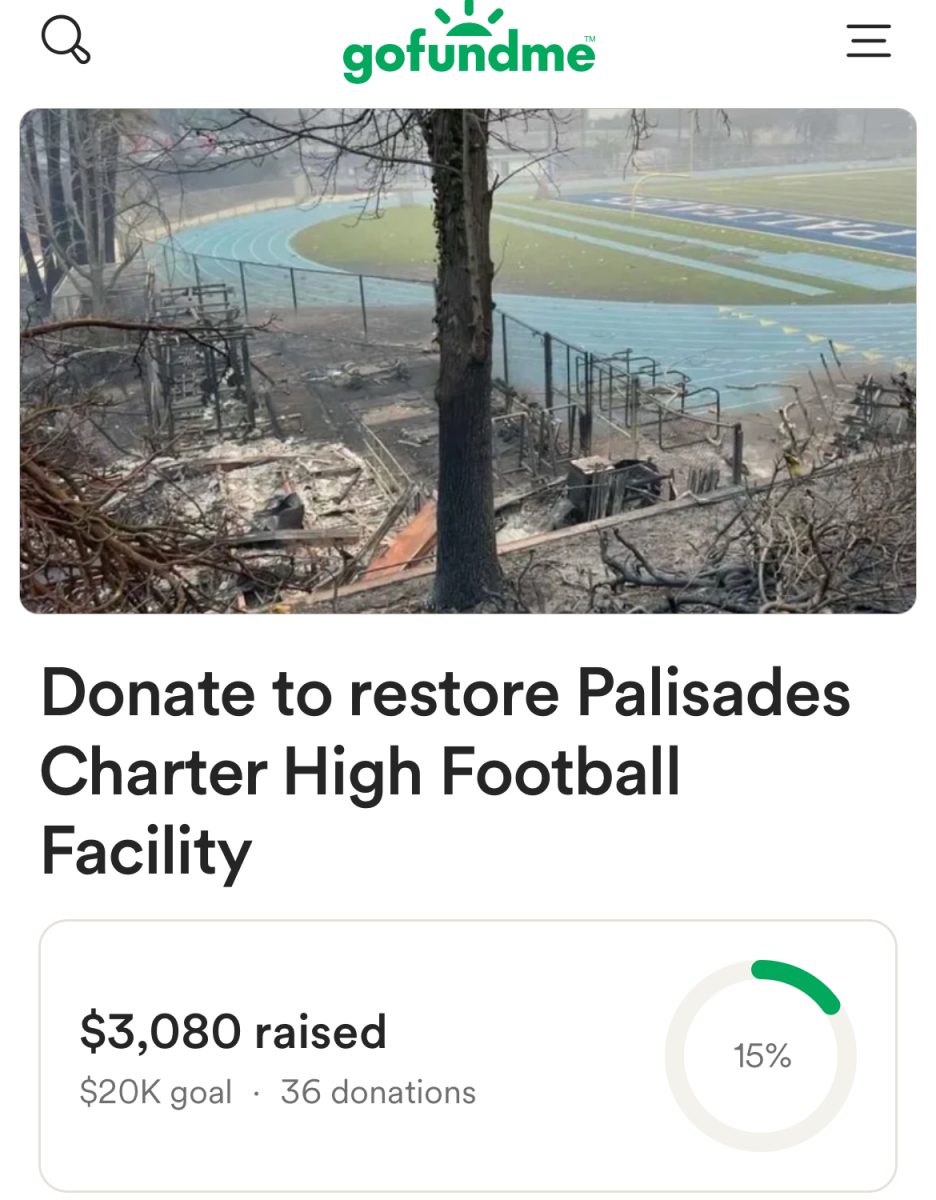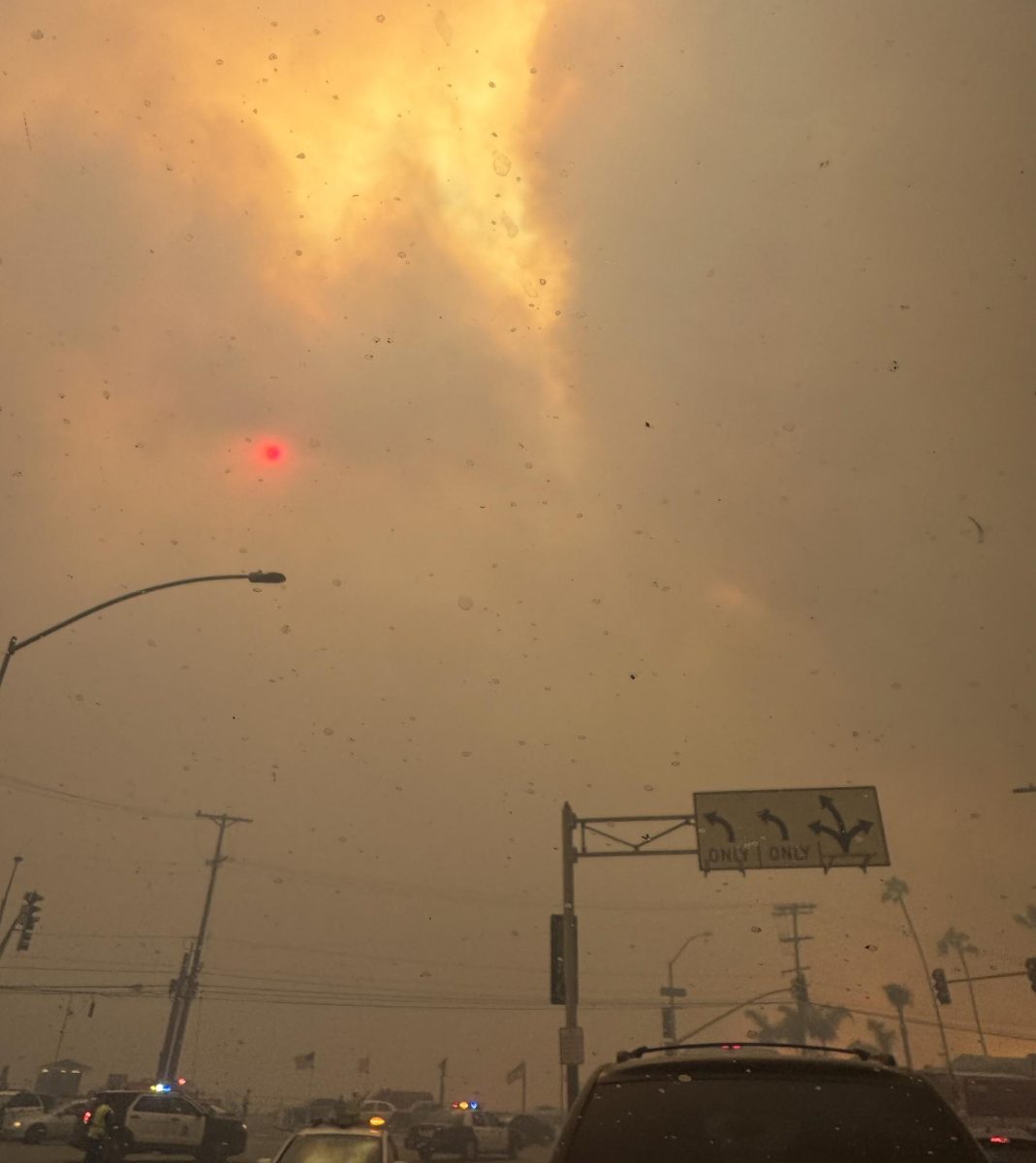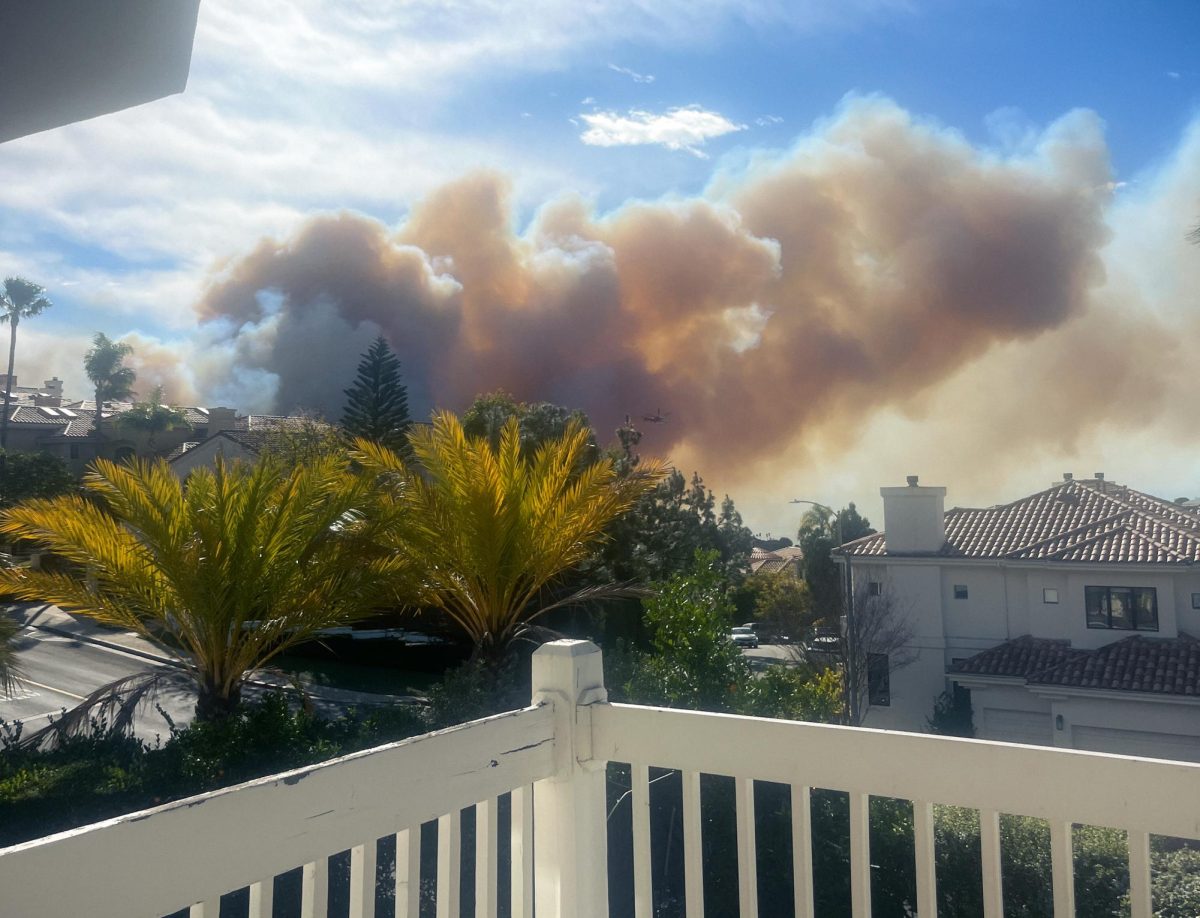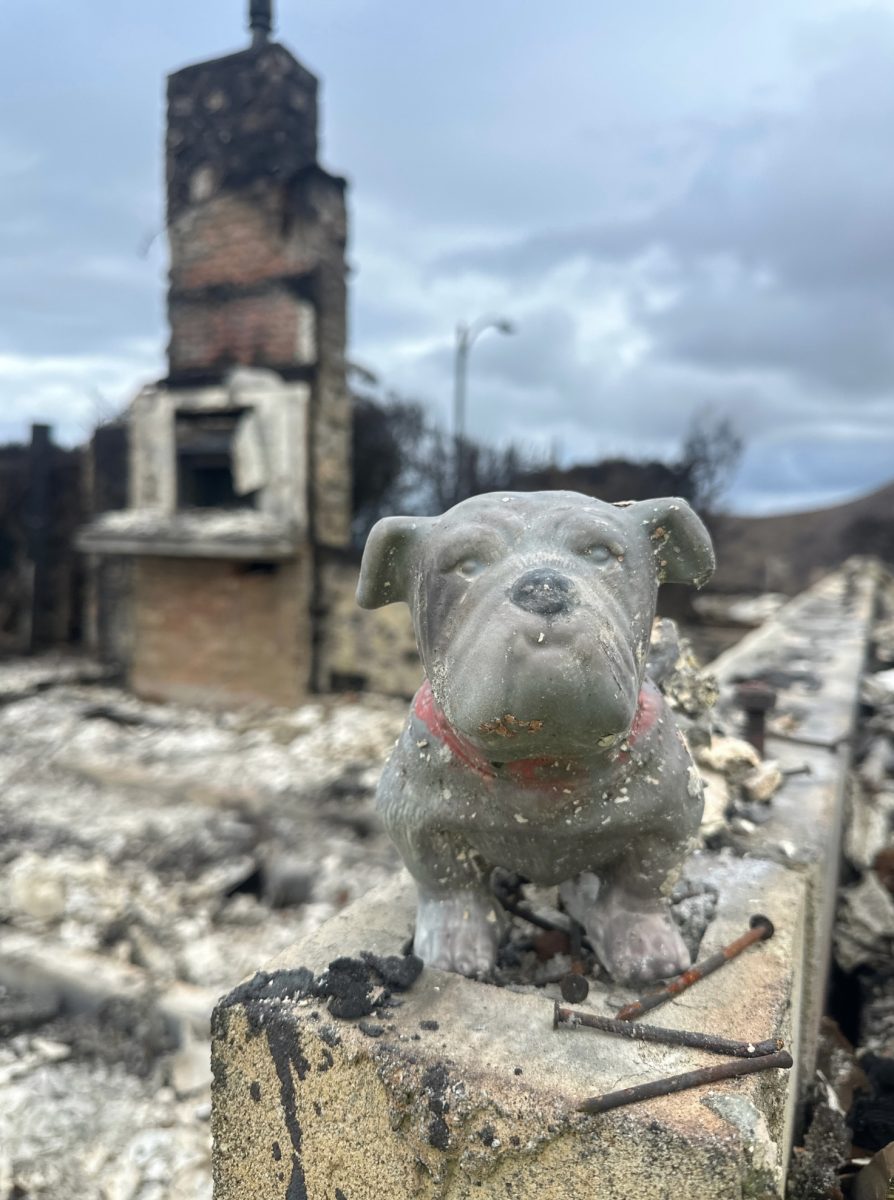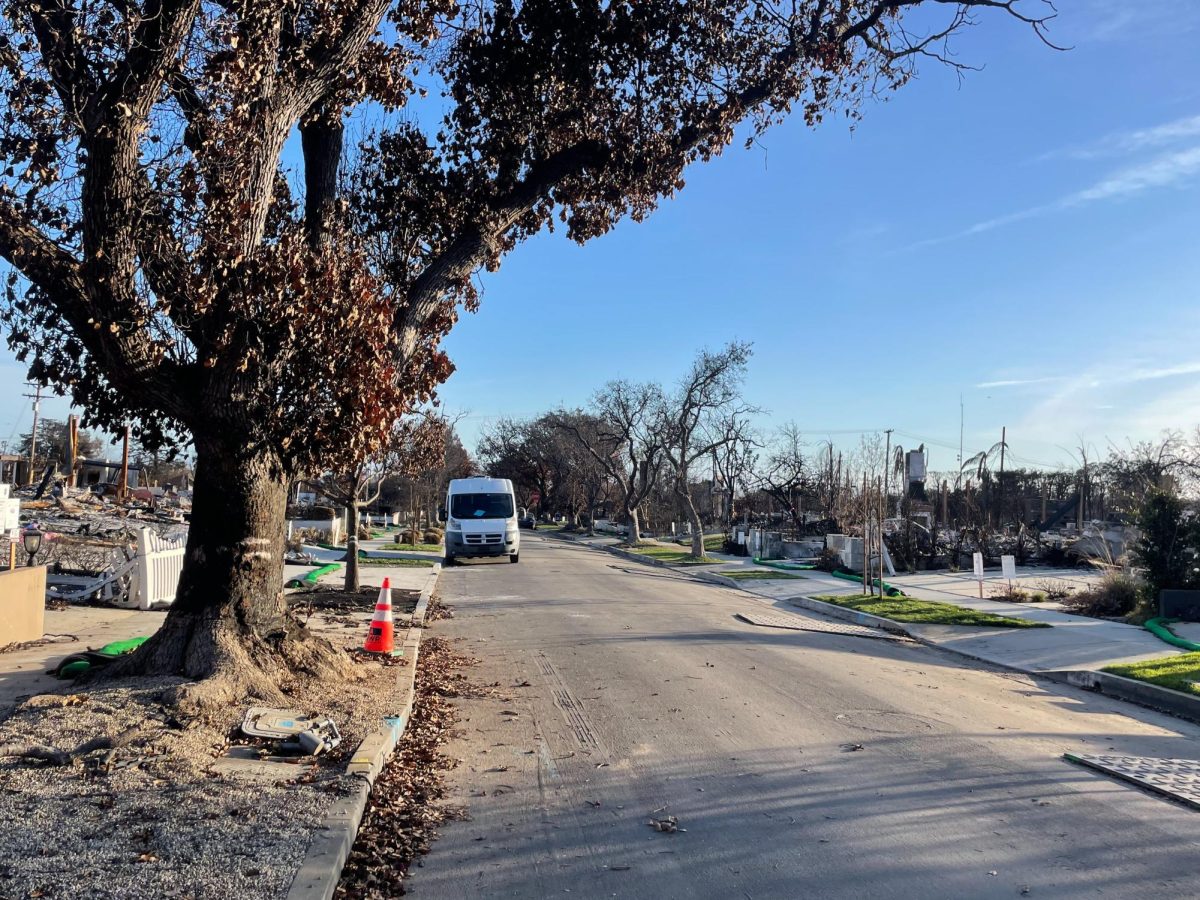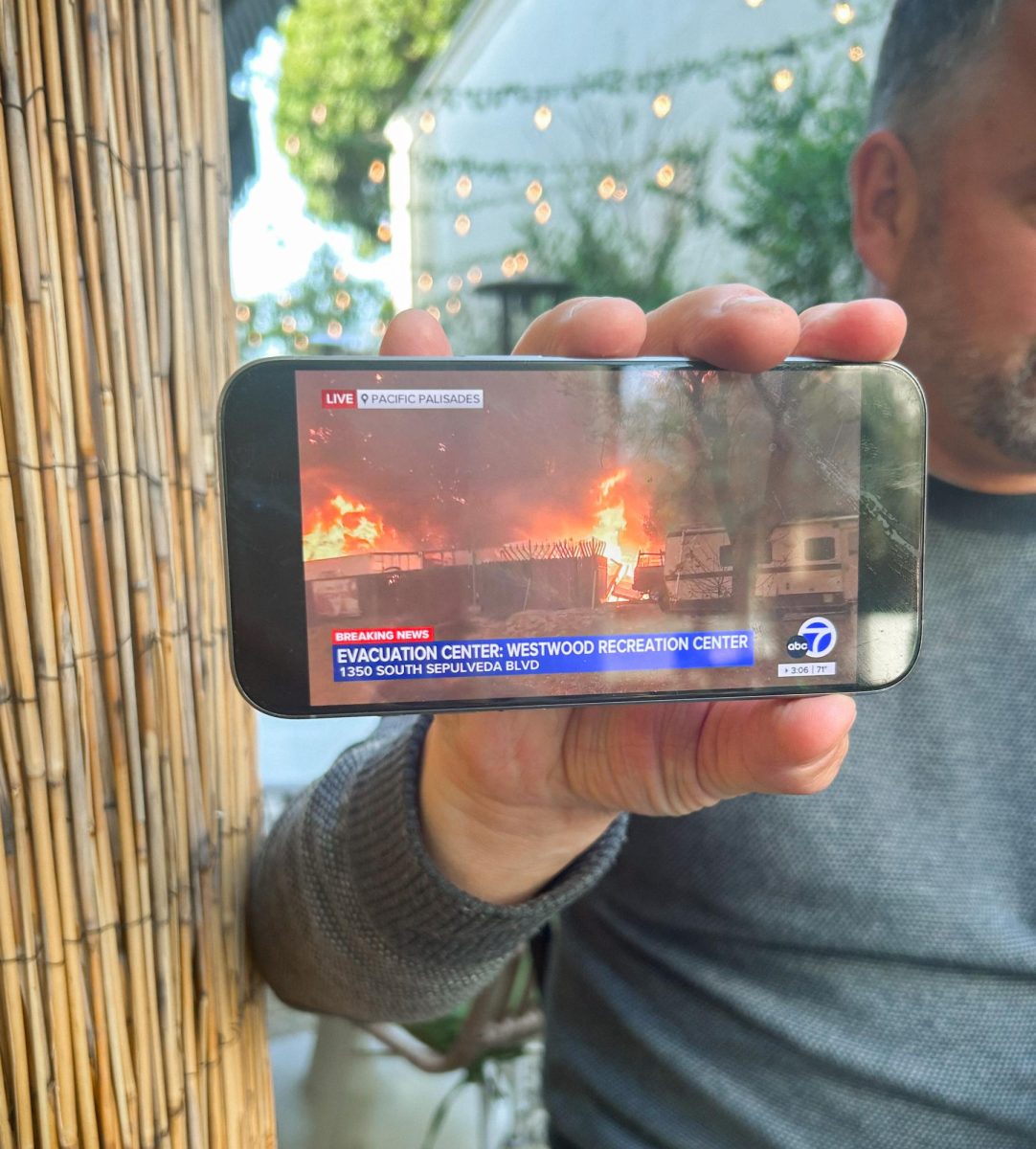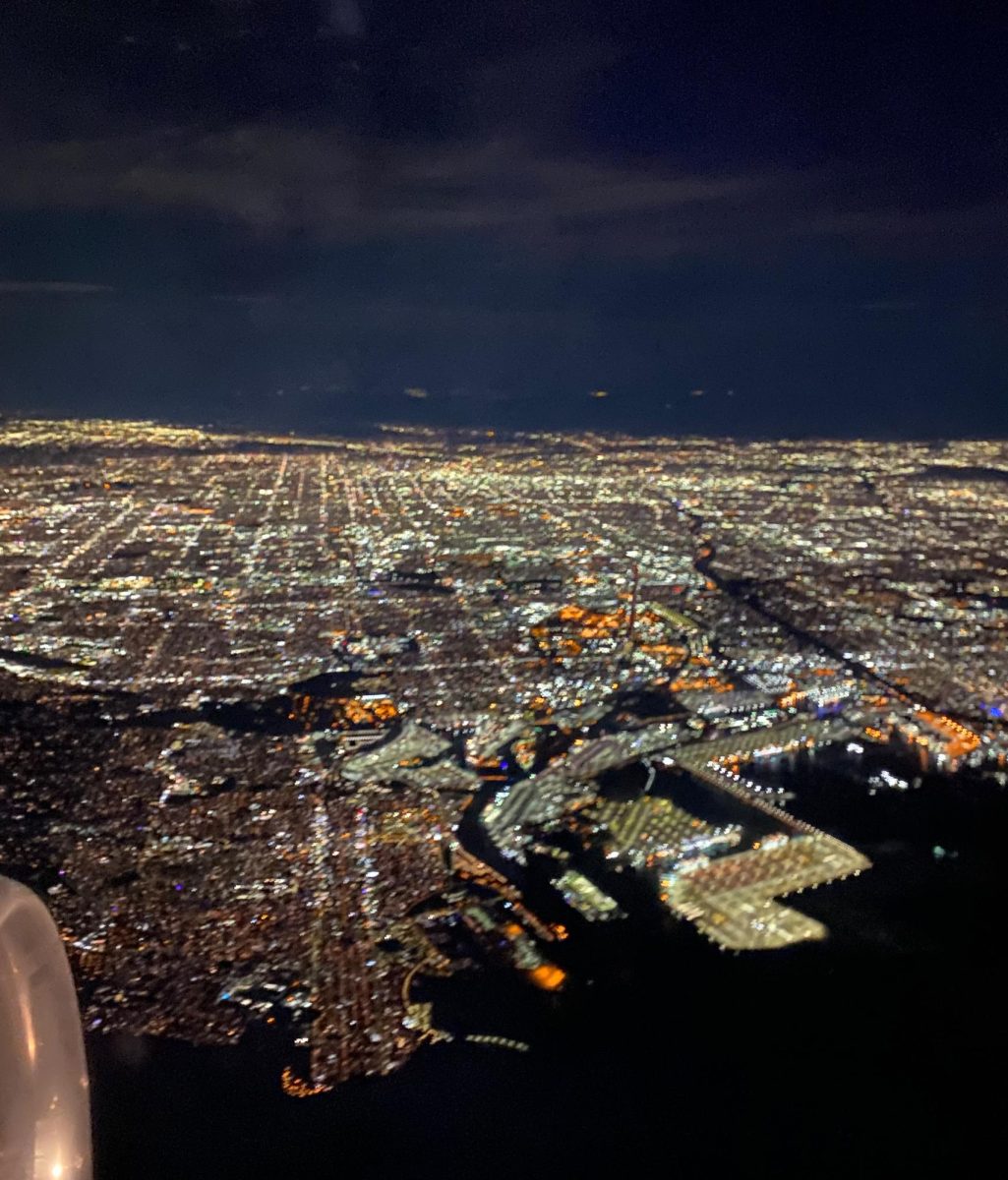Yellow Buses Cause Some Students to See Red
December 12, 2022
Every weekday morning and afternoon, nearly 400 students board one of the yellow school buses that take them to and from Pali.
The school’s transportation program routes have 14 different pick up and drop off stops, with departure and arrival times varying on the distance traveled. For $2,500 per year, students have daily transportation to and from school, with additional late buses to accommodate after-school activities.
However, the 2022-23 school year has seen new changes to the bus program’s policies, including inconsistent drivers, a pay-per-ride program and the one-bus schedule after school. These changes have prompted Pali students to express concerns regarding reliability of the service.
Sophomore Sofia Kozachenko said that she has ridden the bus daily for two years. Due to the new policies this year, she said that she has become concerned about morning tardiness.
“[The bus] has been late at least 10 times [this year]… normally it’s at least once a week, ” Kozachenko said.
“There are always random drivers that they throw at the bus,” she added. “They don’t even tell them where to go. And then the students will have to direct them.”
New changes to the after-school bus schedule have also affected Kozachenko. For students who participate in after-school activities, the bus program continues to offer additional departure times at 4 p.m. and 6 p.m.
However, as of Oct. 3, the bus program now offers only one bus in each time slot, rather than the three used during the 2021-22 school year. This new one-bus schedule was implemented “due to generally low-ridership for the majority of the school year,” according to the transportation page on Pali’s website. The single bus drops students off at five locations, ranging from Overland Elementary School to LaSalle. Students who had a direct route to their destination last year now face a longer commute time due to a single bus and the fact that the school shifted the bell schedule by 30 minutes in compliance with a statewide late-start policy. The updated arrival times now reach up to two hours after departure, according to the transportation page, with the third dismissal buses expected to arrive around 7:59 p.m.
Kozachenko, who is a member of the Pali tennis team, said that despite paying $2,500 to ride the bus, she often finds herself on the Metro.
“Even though I’m paying all that money, I use the metro after practice because [the bus] is just so bad,” she said.
Junior Alfonso Orozco, a member of Pali’s football team, said that he continues to ride the after-school bus despite his concerns with the program.
“One bus means a lot of people jammed together,” he said. “I feel like two buses would be perfect.”
In addition to the one-bus schedule, Pali implemented a new pay-per-ride program, meaning that rides on the late bus will charge an additional fee to the student’s Infinite Campus account unless the student is a part of the regular school bus program and involved in a Pali-approved extracurricular activity.
Although it took time to acclimate to the program, Orozco said that it quickly became natural.
“Everyone knows the process,” he said. “Scan your ticket, get on the bus and go.”
Students must also present a slip or sticker to ride the late buses. Those who participate in after-school activities can go to the transportation office to get a special sticker, which grants them admission onto the bus. However, for conditioning-only sports, these stickers are not offered during the off-seasons. A pass is needed daily, which must be filled out and signed by the coach.
Orozco said that he has experienced issues with this restriction, especially because the announcement was made without prior warning.
“I didn’t have my late sticker yet, and I didn’t know I needed it because they never told me until then,” he said. “I just wish they would communicate with us better.”
The manager of the bus program Don Parcell said that these changes were necessary for the continuity of the program. He added that the one bus schedule, determined by the PCHS Transportation Committee and approved by The Board of Trustees, was adopted due to significantly lower ridership.
“The occupancy on the one late bus has averaged about 29 students per day since that reduction, which is about 52 percent occupancy,” Parcell said.
He added that the new pay-per-ride program was implemented to help subsidize the cost of the late buses. Previously, Pali covered the total cost of the late buses, an expenditure that was becoming too costly for the school to maintain. This placed the late buses in jeopardy.
Although some students have had issues with this pay-per-ride program and other newly implemented policies, these changes allowed Pali to keep the late-bus program. Without them, Pali may have had to cancel it altogether, Parcell said.
Orozco said that he is still appreciative of what the program has to offer, despite his past issues with the bus.
“I just need to get to school,” he said. “[The bus] gets me there, you know?”


